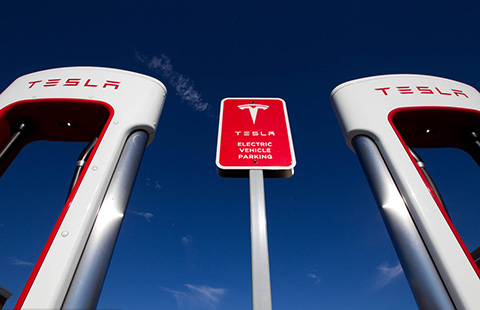China's trade with Africa rises
By Wang Xiaotian (chinadaily.com.cn) Updated: 2012-12-03 14:29Despite erosion of the cost competitiveness of China's exports, expectations that China will sell fewer manufactured goods to Africa have proven misplaced, said Standard Bank in a report released on Monday.
It said China's exports to Africa are likely to have increased to more than $80 billion, and Sino-African trade is forecast to exceed $200 billion this year, up from $166 billion last year.
China continues to gain market share in Africa. Standard Bank estimates that 18 percent of Africa's imports were sourced from China this year so far, up from 16.8 percent in 2011, 10 percent in 2008 and as low as 4.5 percent a decade ago, while Africa's share of China's exports is steadily gaining relevance, increasing from 3.3 percent last year to 5 percent this year.
China's imports from Africa have increased by 26 percent this year, which is twice the speed of China's imports from any other region, said Jeremy Stevens, Standard Bank Group's Beijing-based economist.
"Demand from African countries, especially the largest ones such as Kenya, Egypt, Angola, Nigeria and South Africa (KEANS), has simply become even more important to Chinese firms. And China's exports of industrial goods are continuing to squeeze out producers from mature economies as sellers move up the value chain to offset rising costs."
The report also notes that the rise in China's imports from Africa this year is virtually single-handedly on the back of sales of crude oil, notably from Angola.
China's imports of African iron ore are flat, while copper, steel and aluminum have slumped by 29 percent, 54 percent and 60 percent respectively, during the first 10 months of the year, according to the report.
"Looking ahead, it is inevitable that as the Chinese economy shifts away from investment-led growth, the incremental growth in its demand for commodities will moderate. For many African countries, weaker exports may harm already strained current account balances at a time when attracting financial inflows is more challenging," said Stevens.
- Pierre & Vacances-Center Parcs Group joins HNA to bring in French style
- Postal Savings Bank of China files prelisting documents
- Alibaba said to pay $200m for Wandoujia app store
- Chinese govt discourages iron, steel exports amid lackluster demand
- Service mishaps highlight disconnect with users
- LSE and Deutsche Boerse may go Dutch to win over regulators
- China's commerce ministry: Brexit impact will not last long
- Sugar and fat go low in new-age ice cream


















